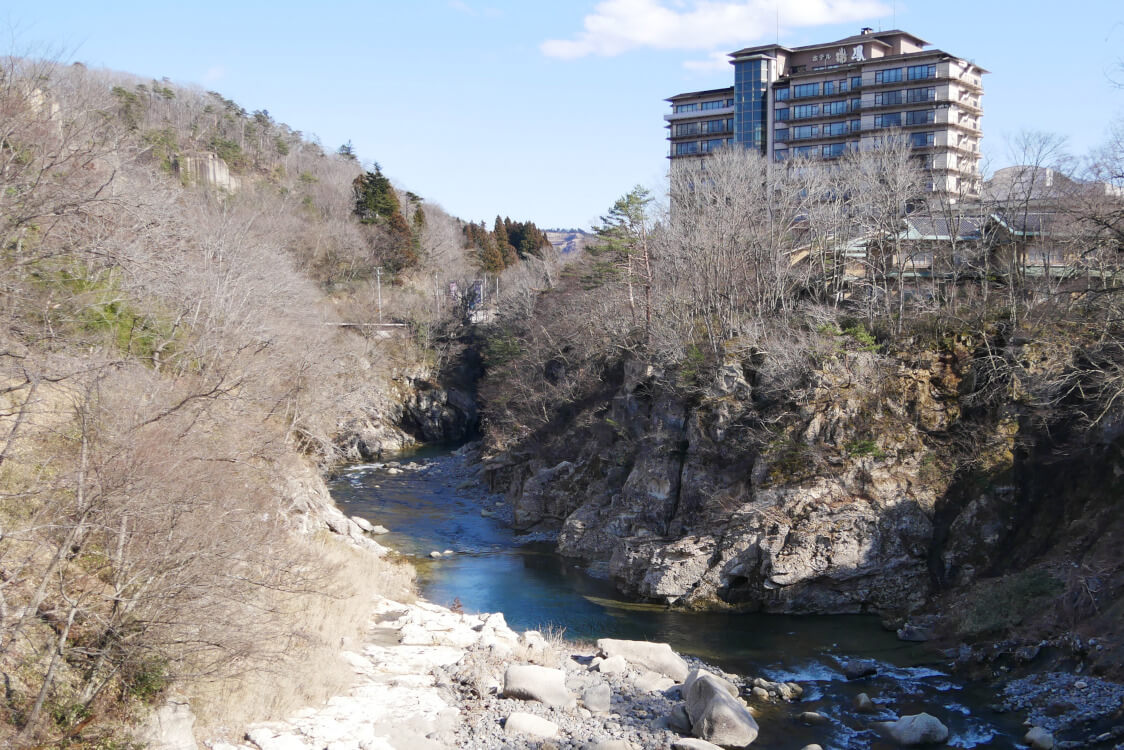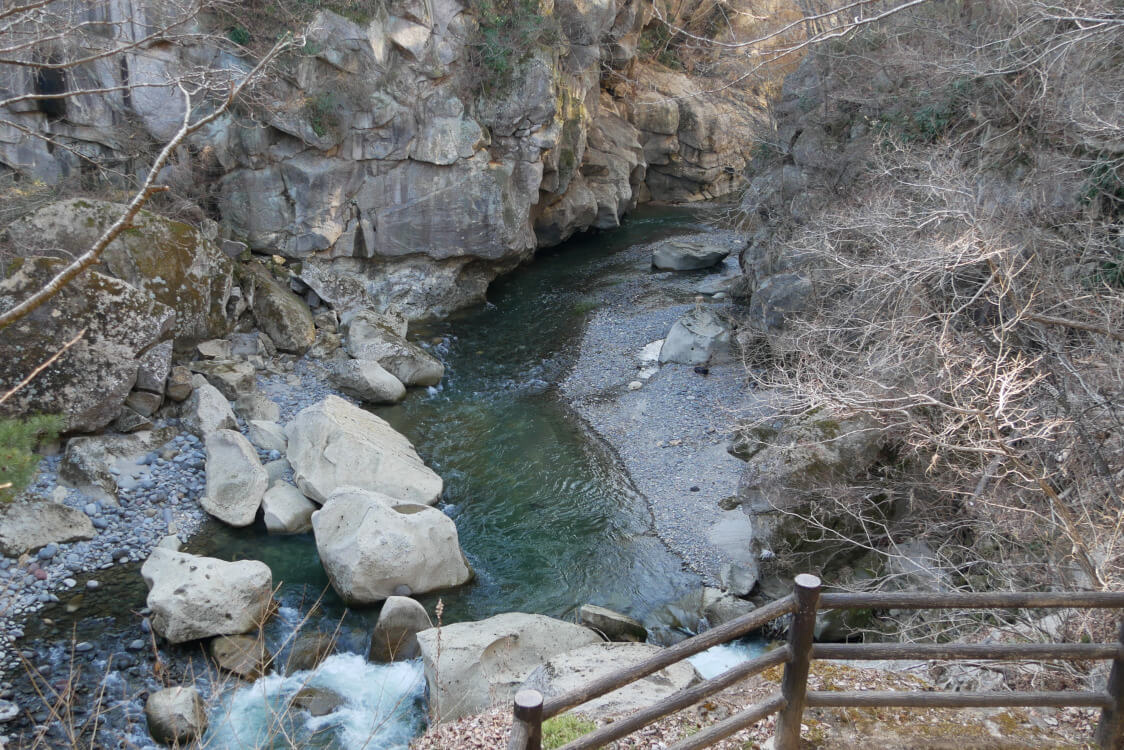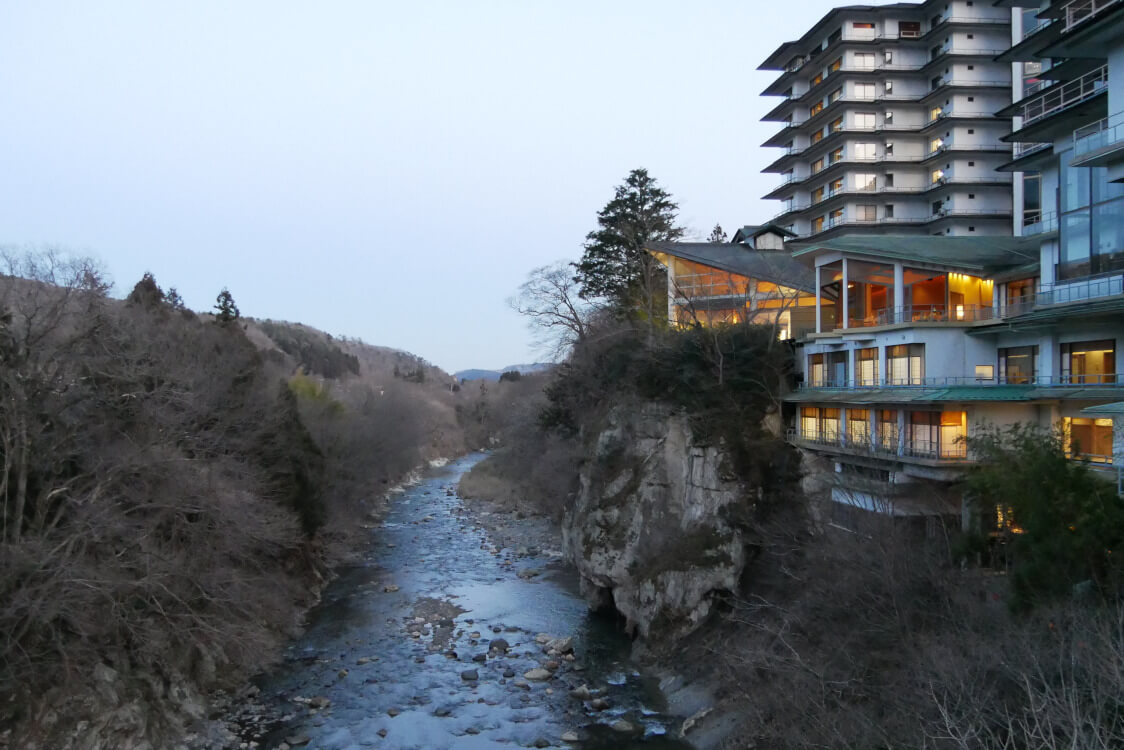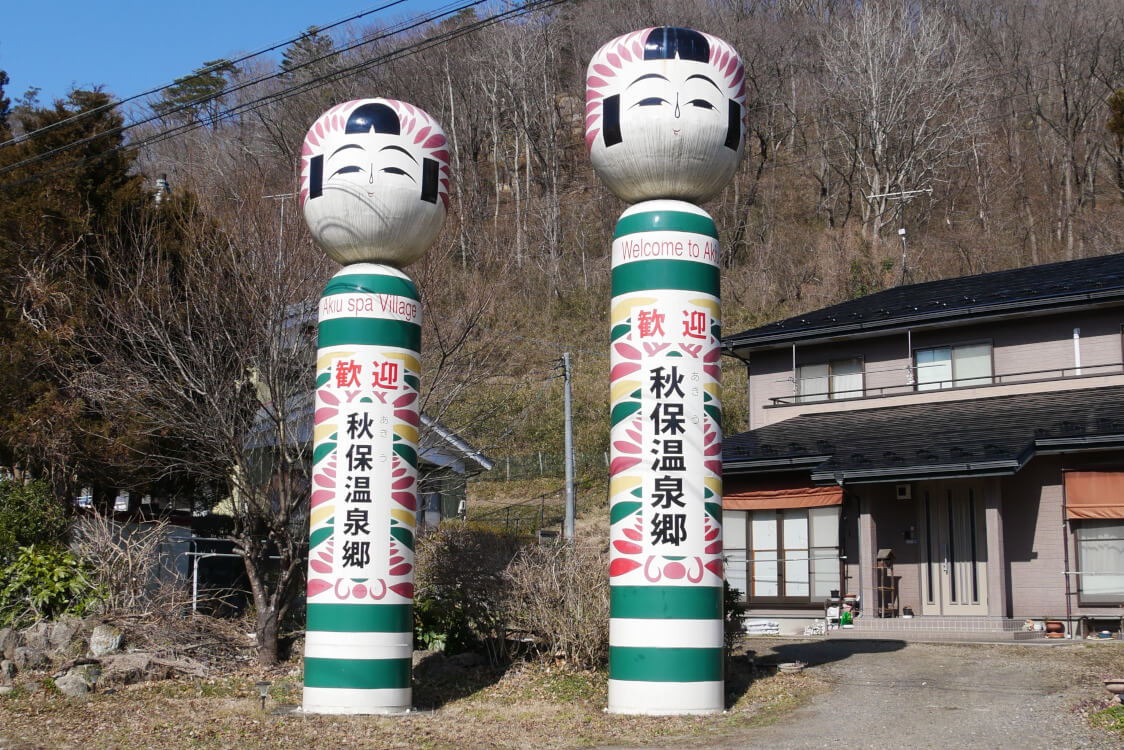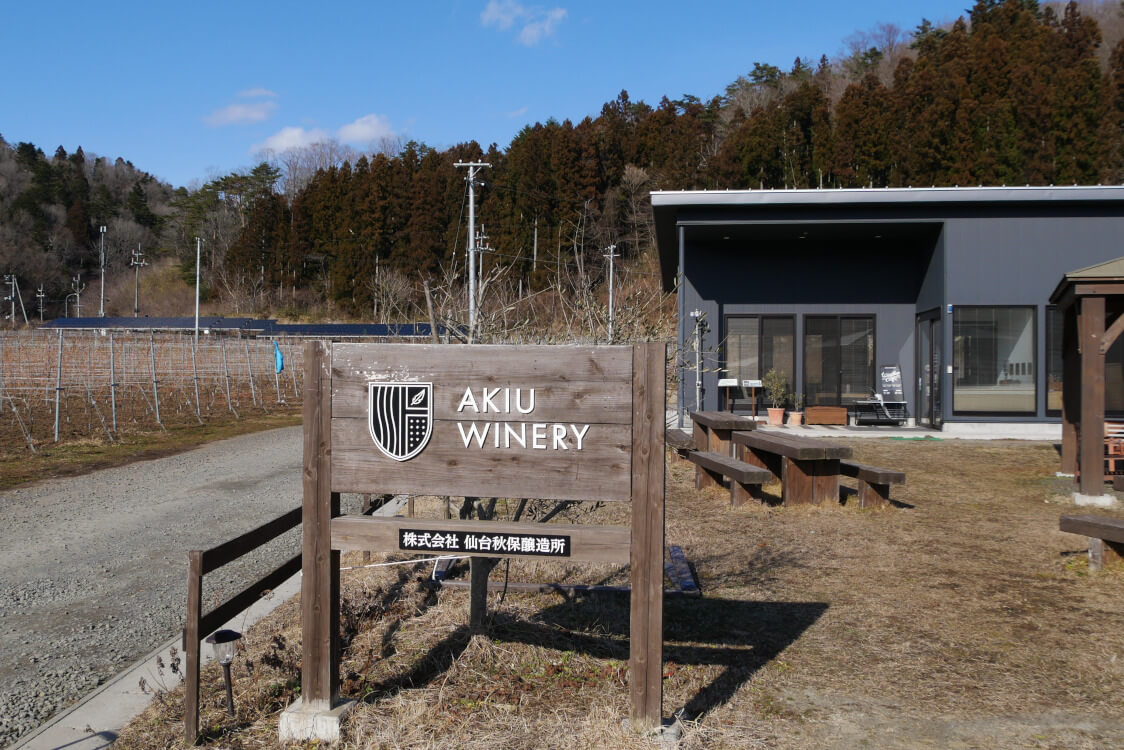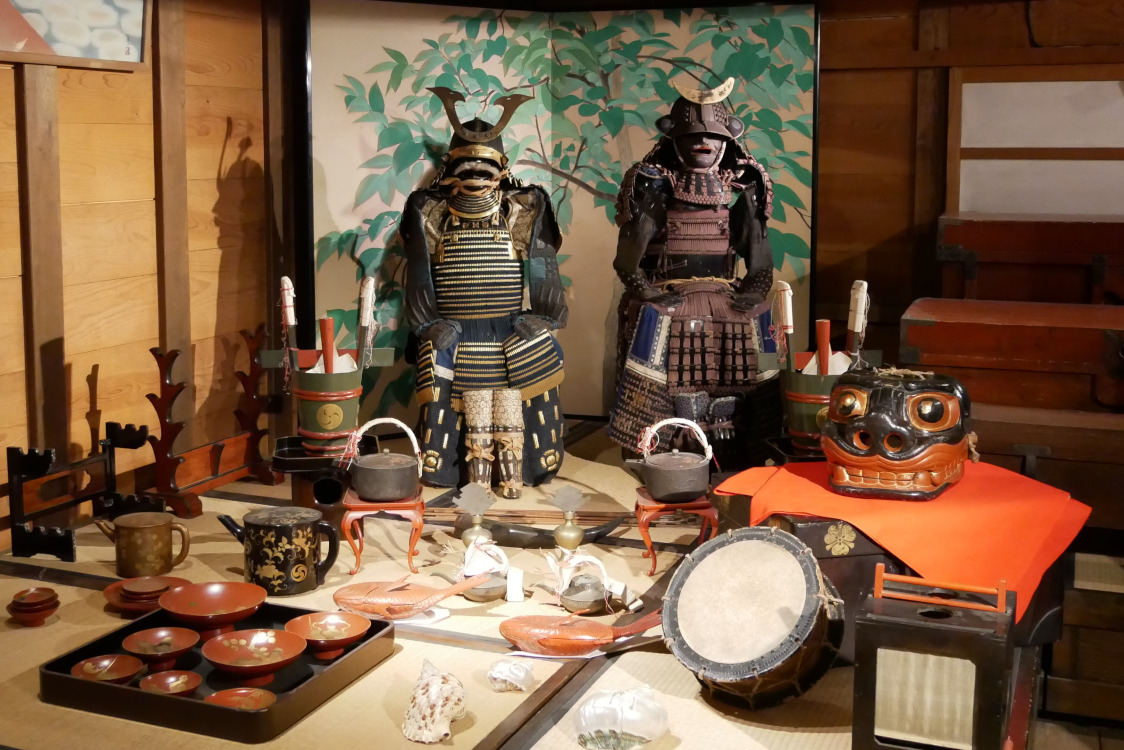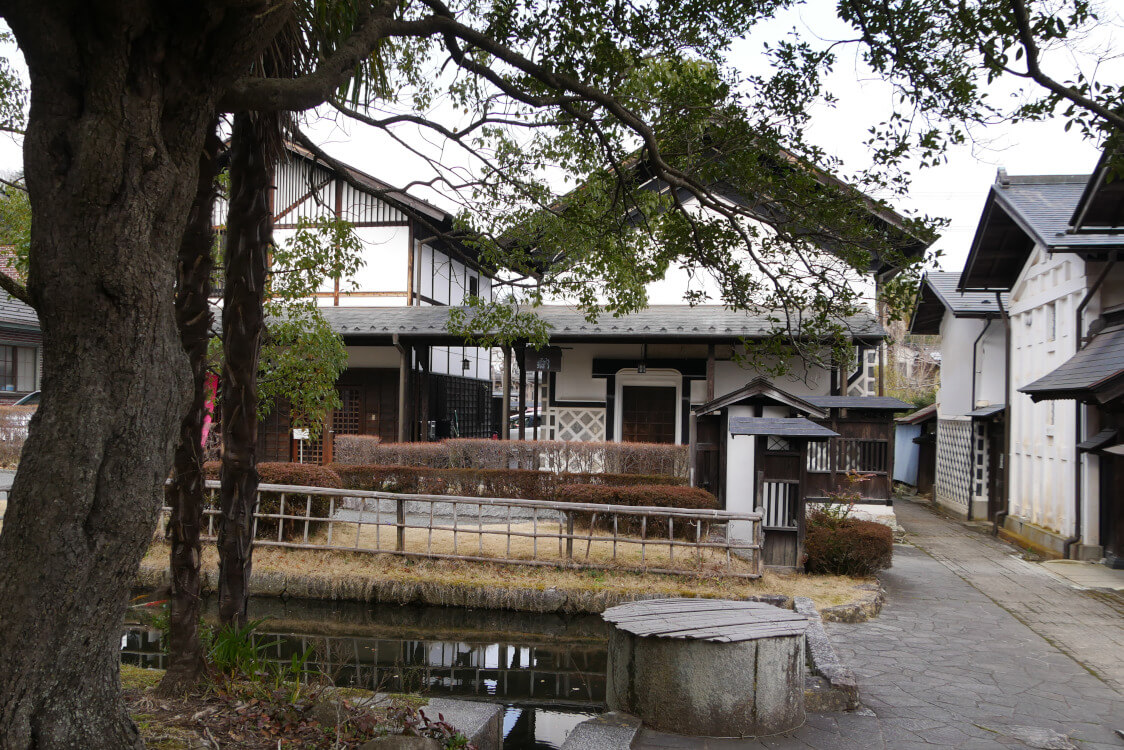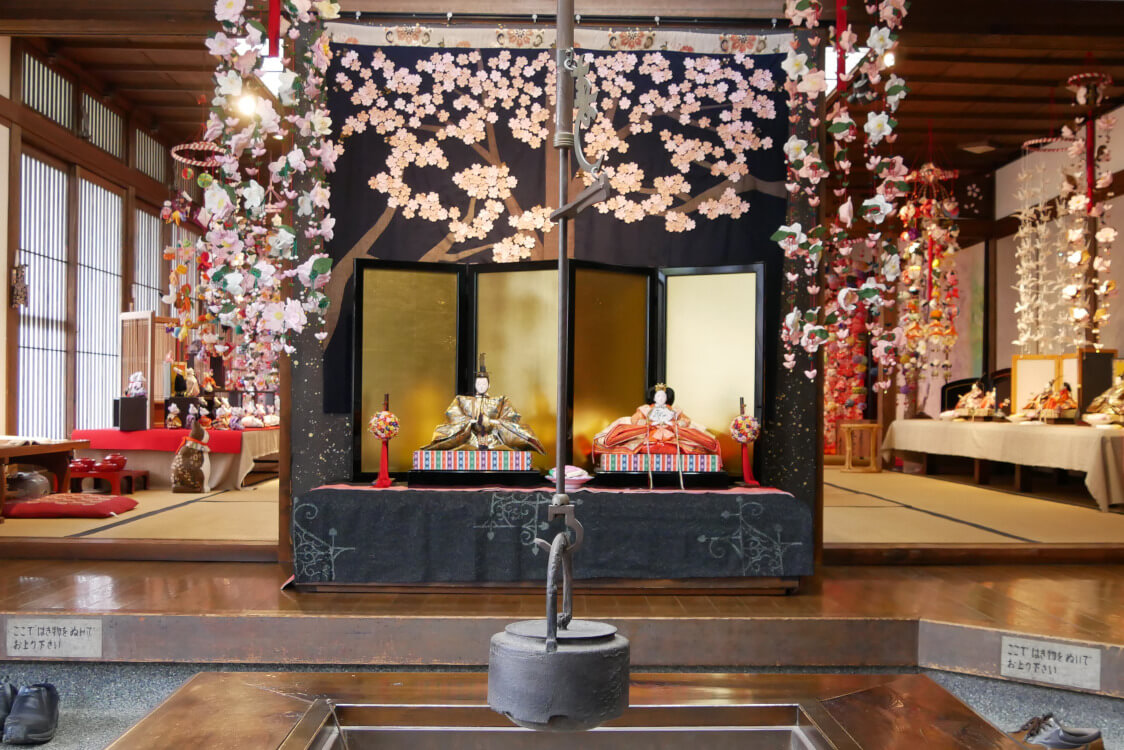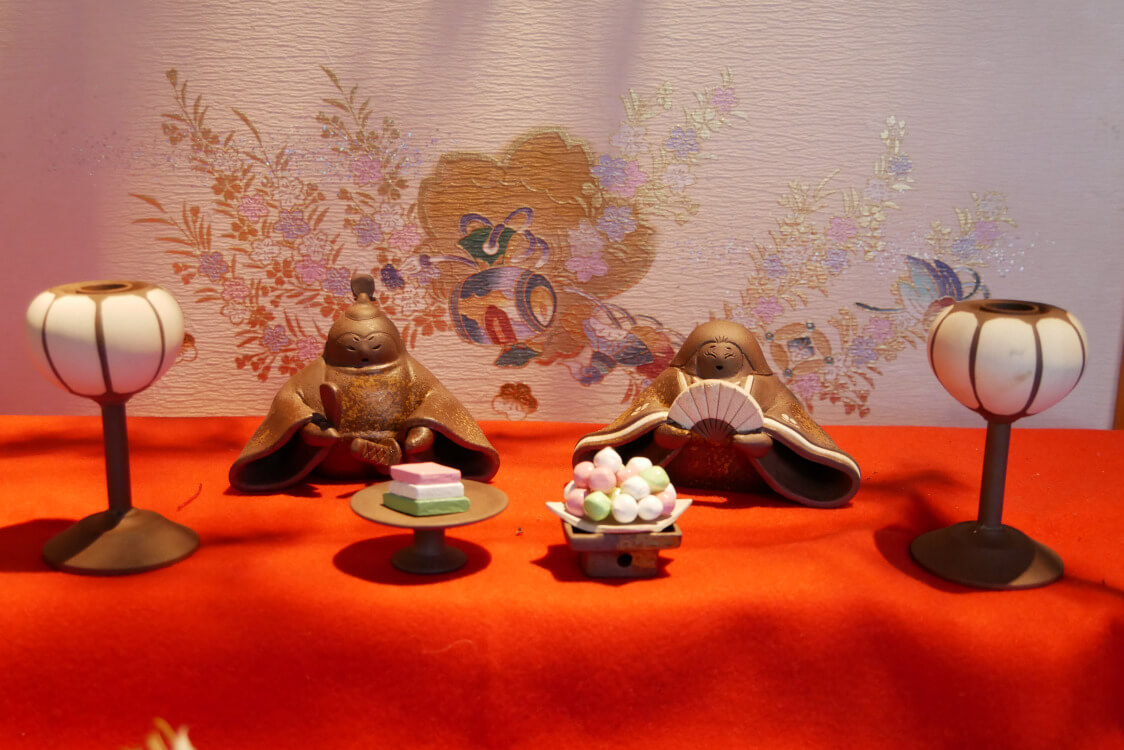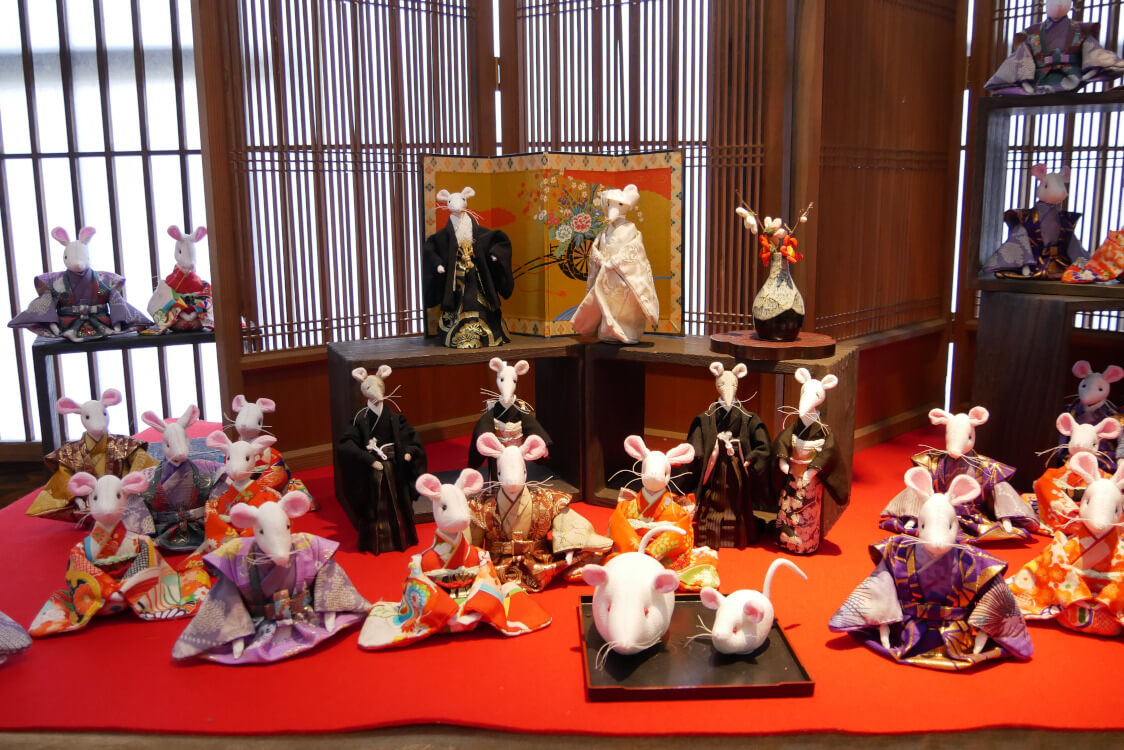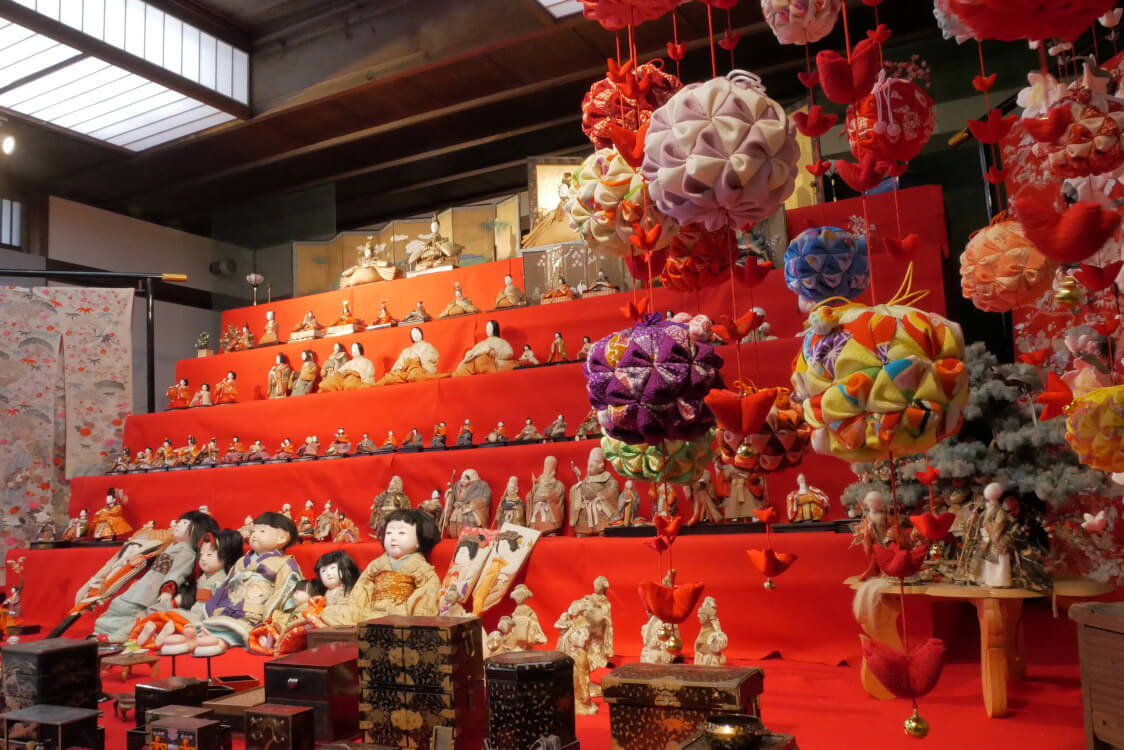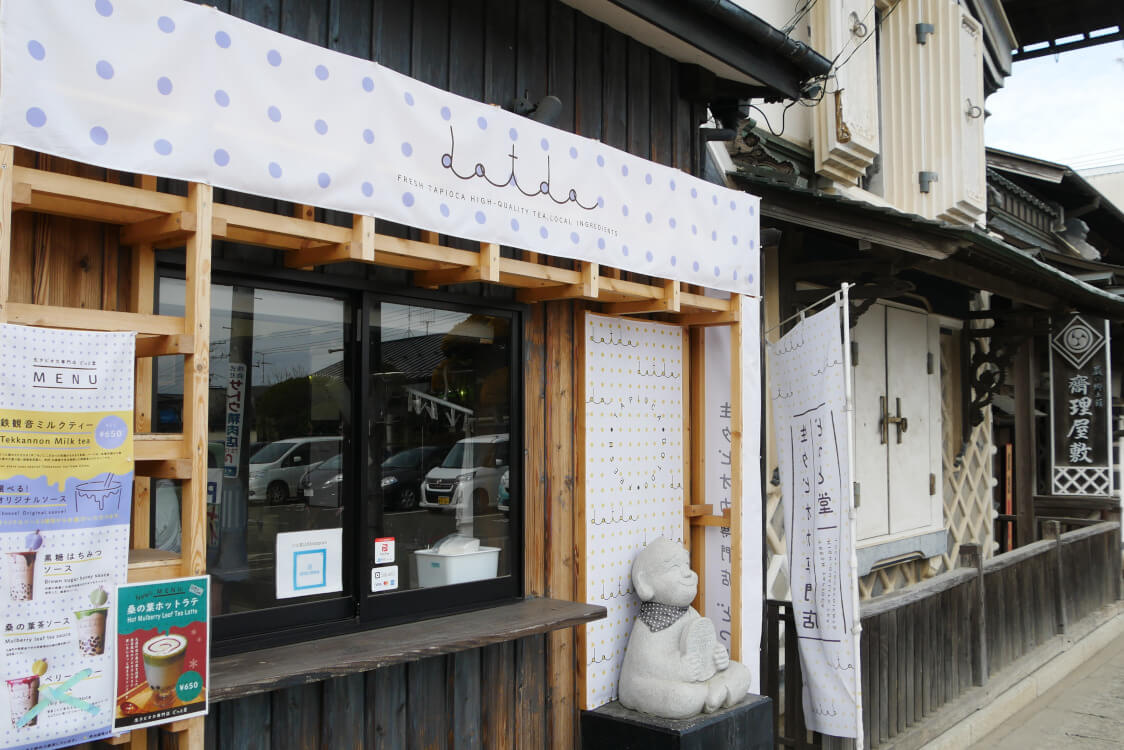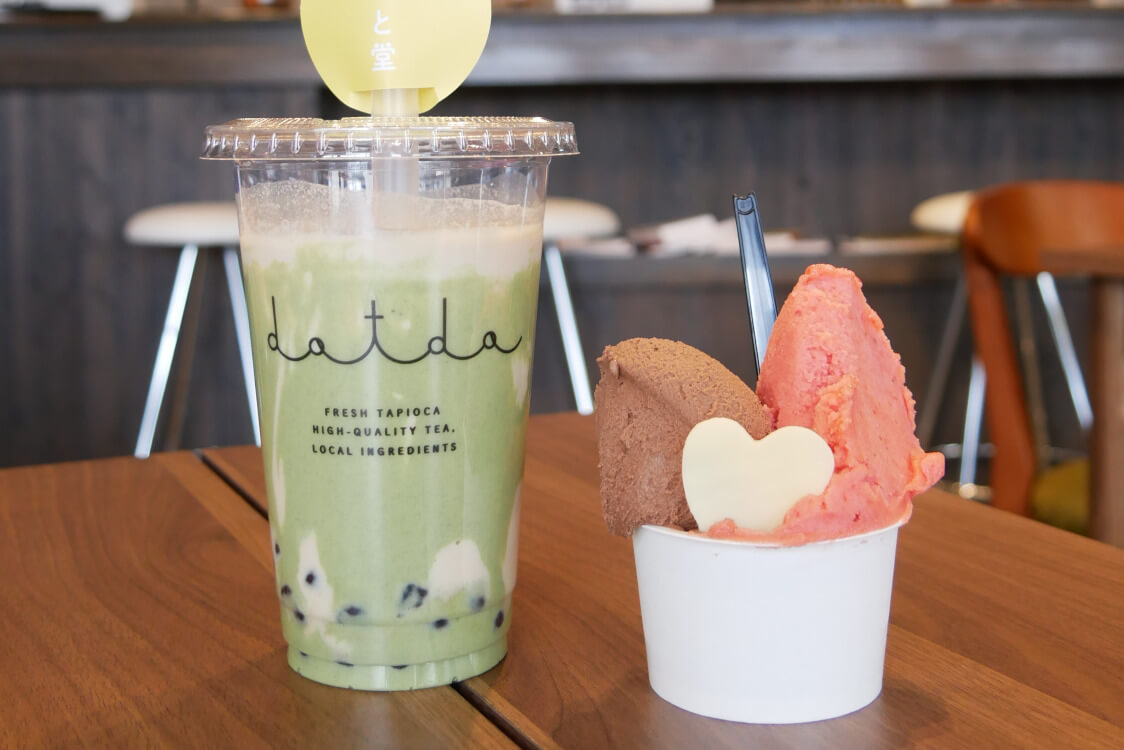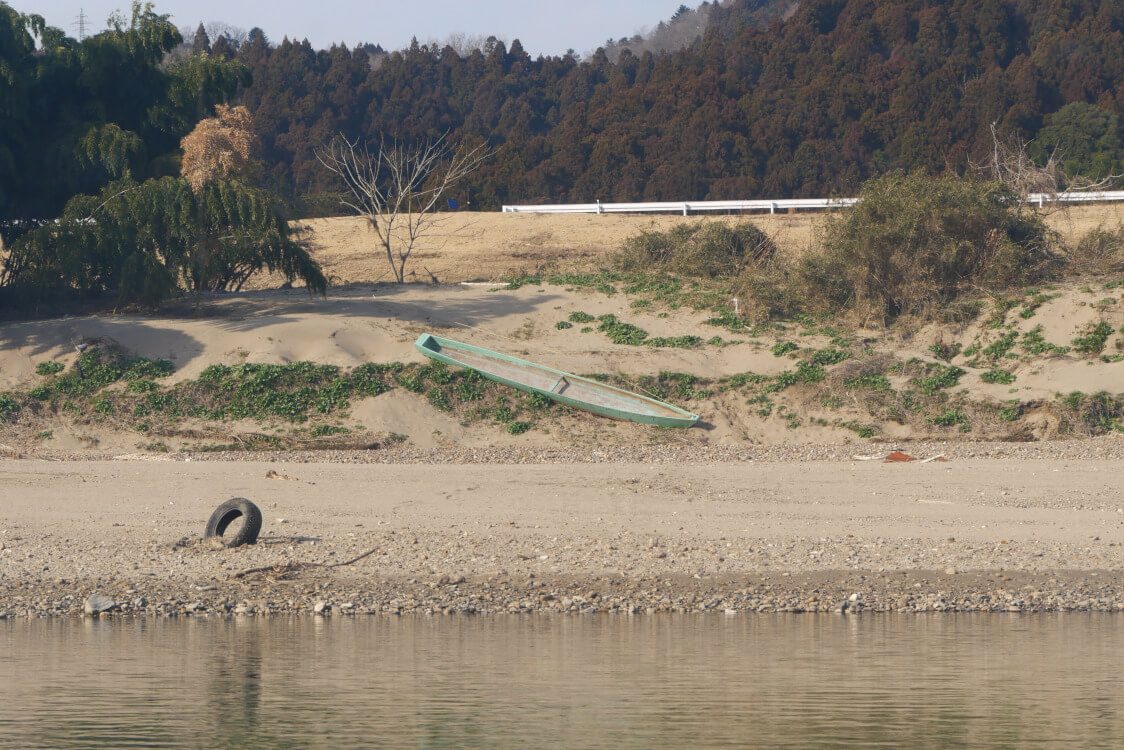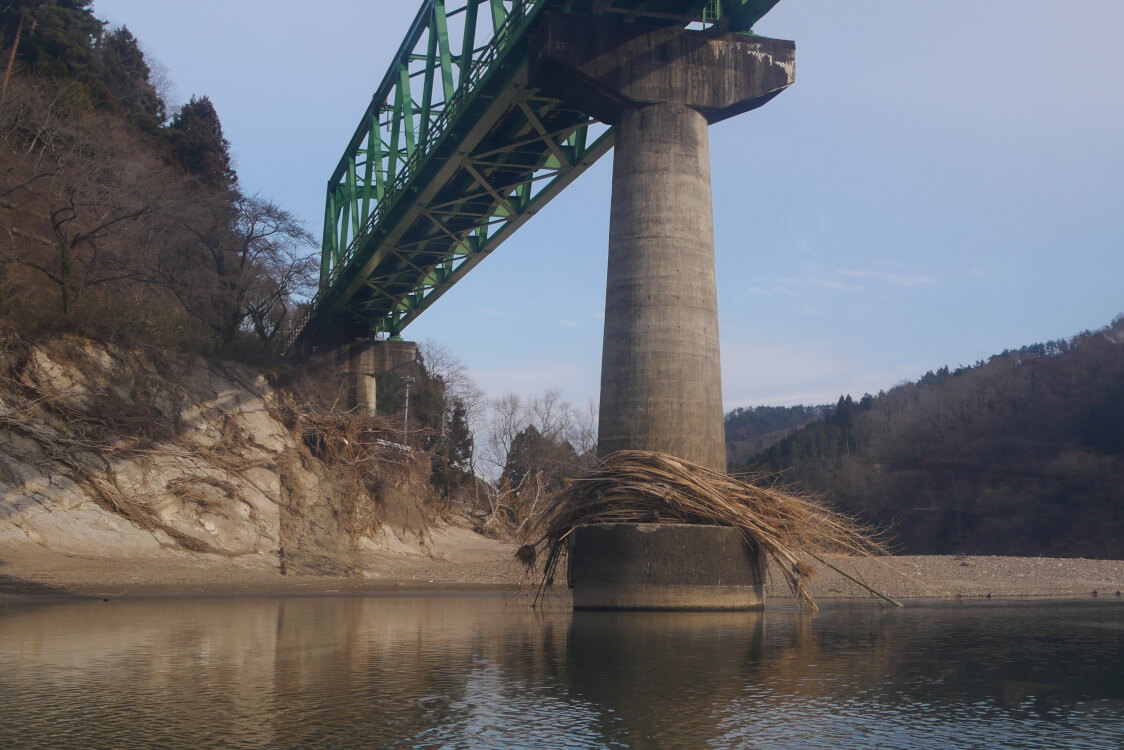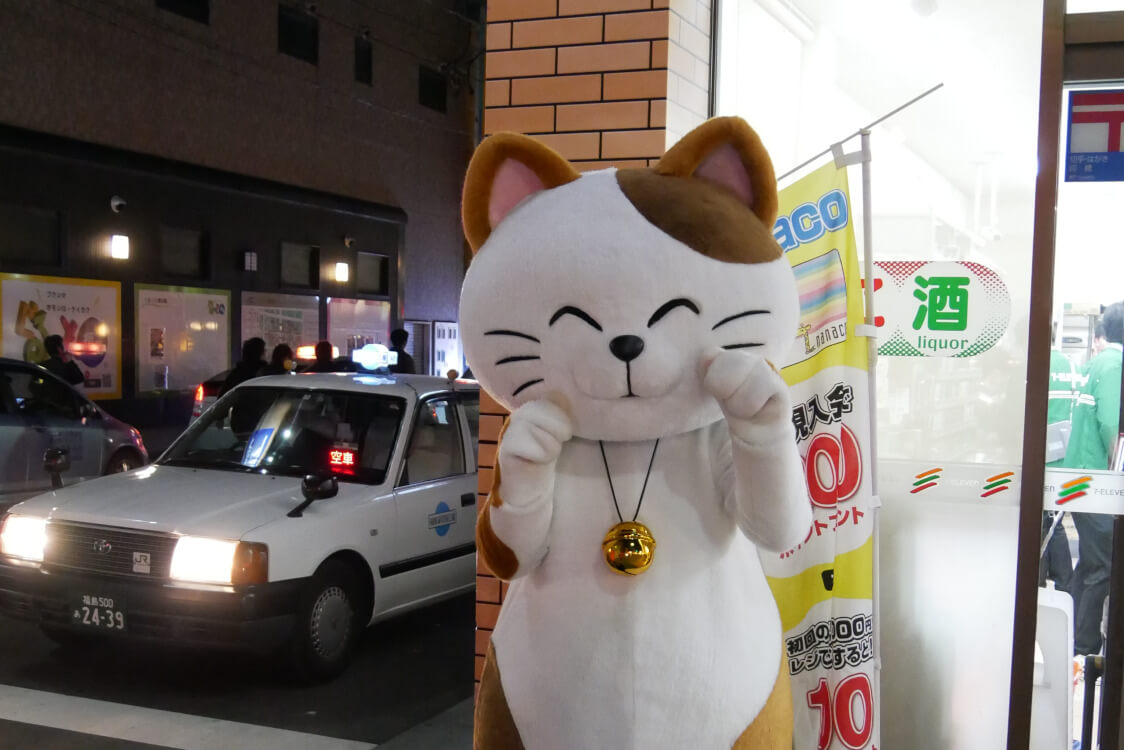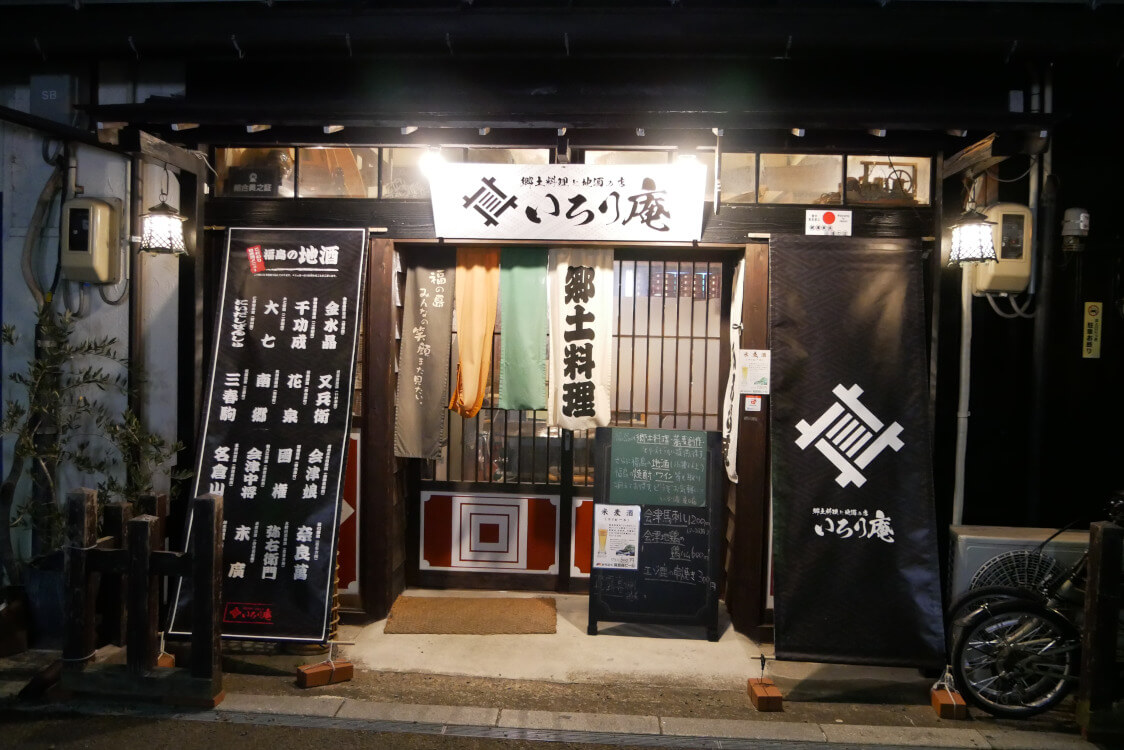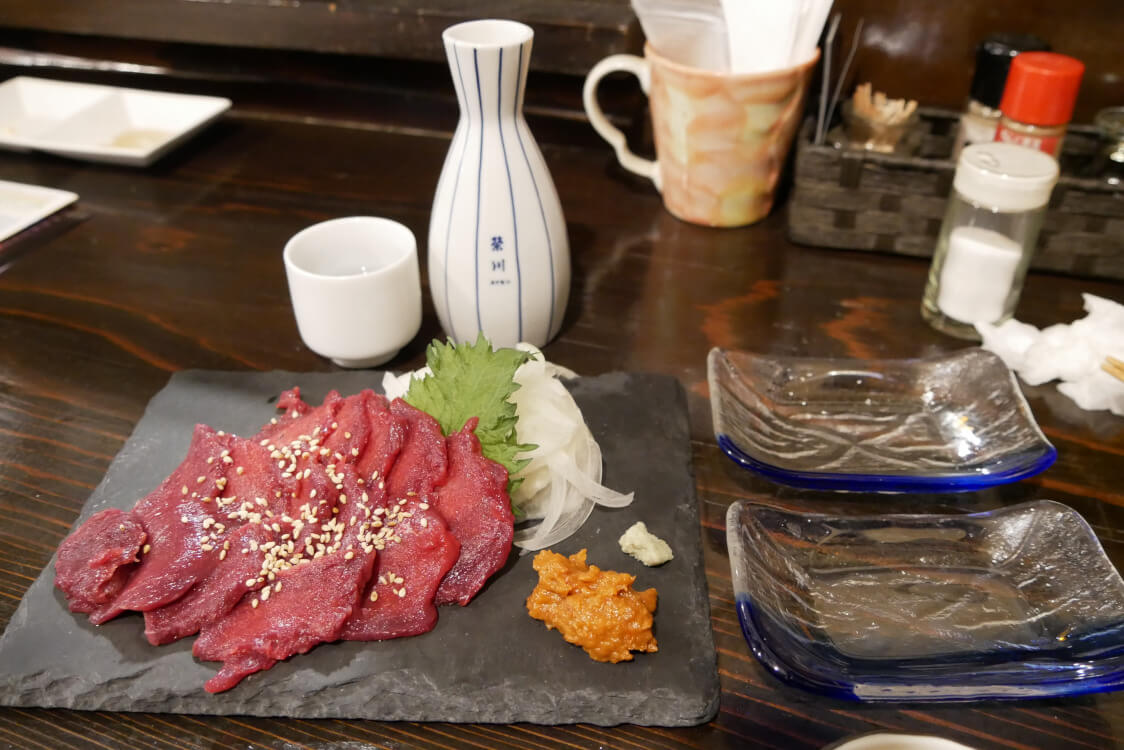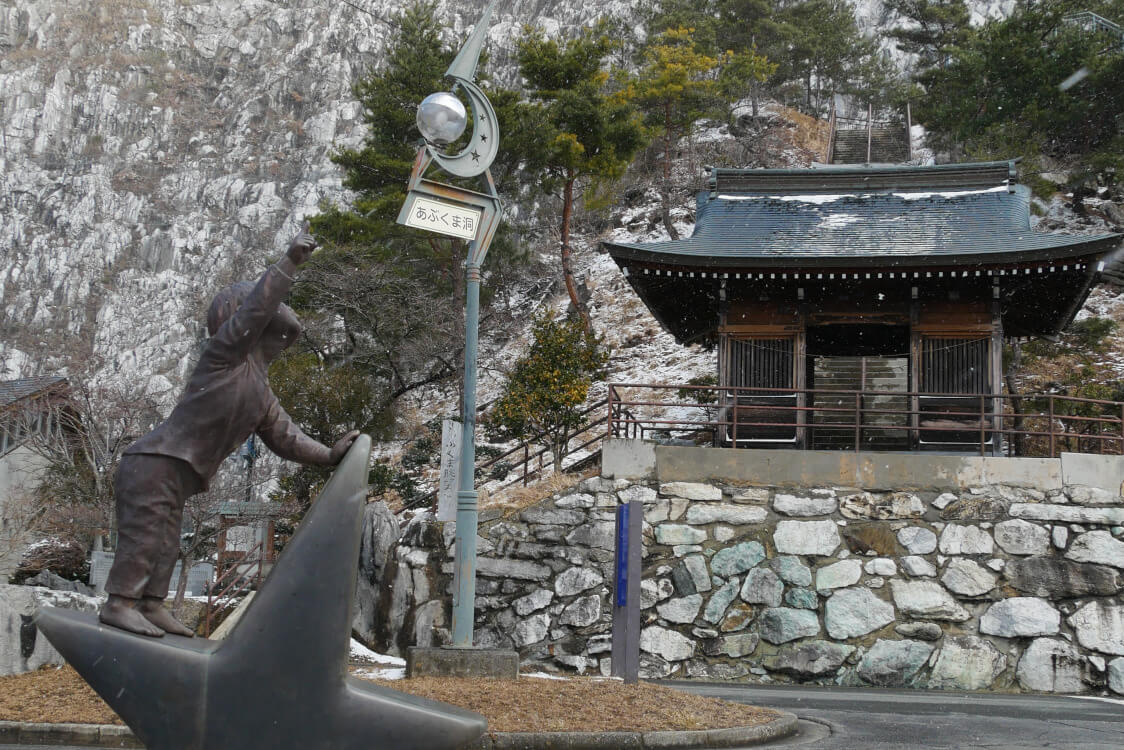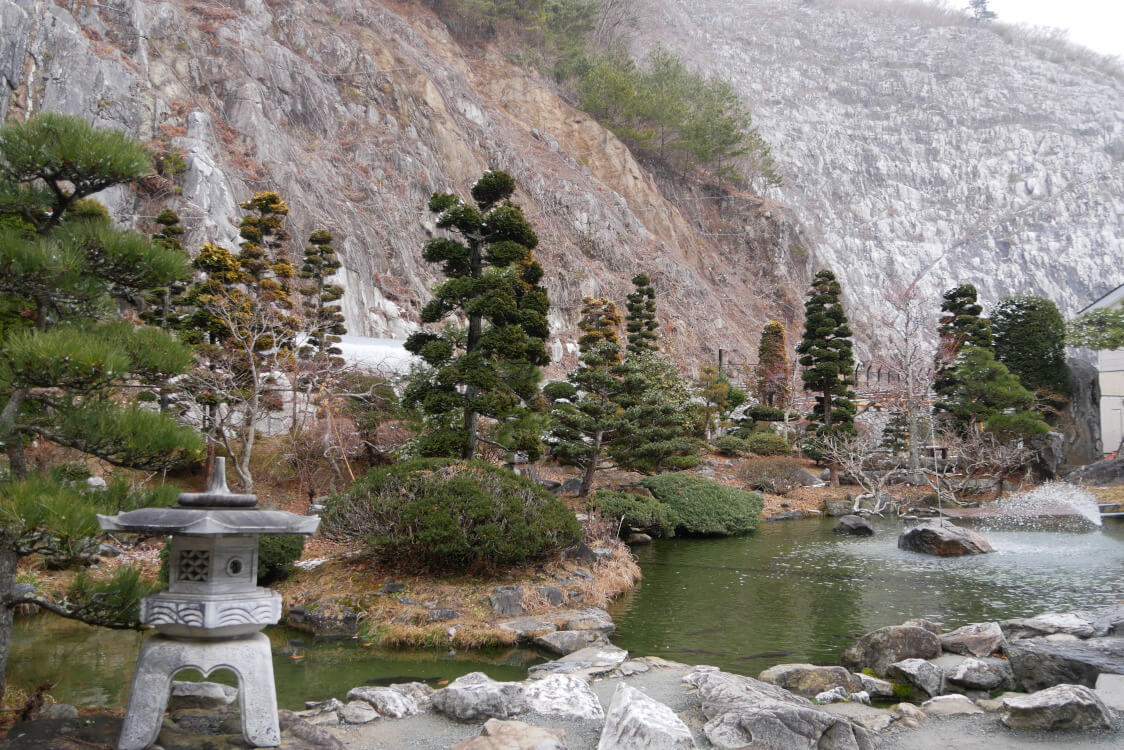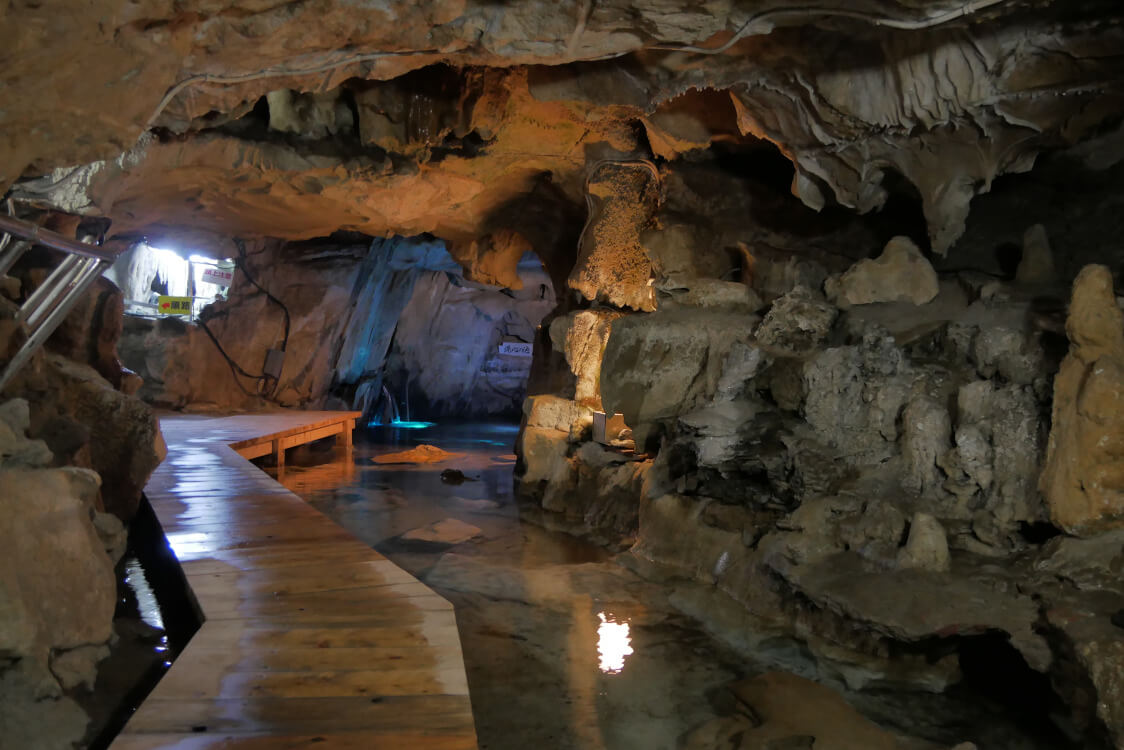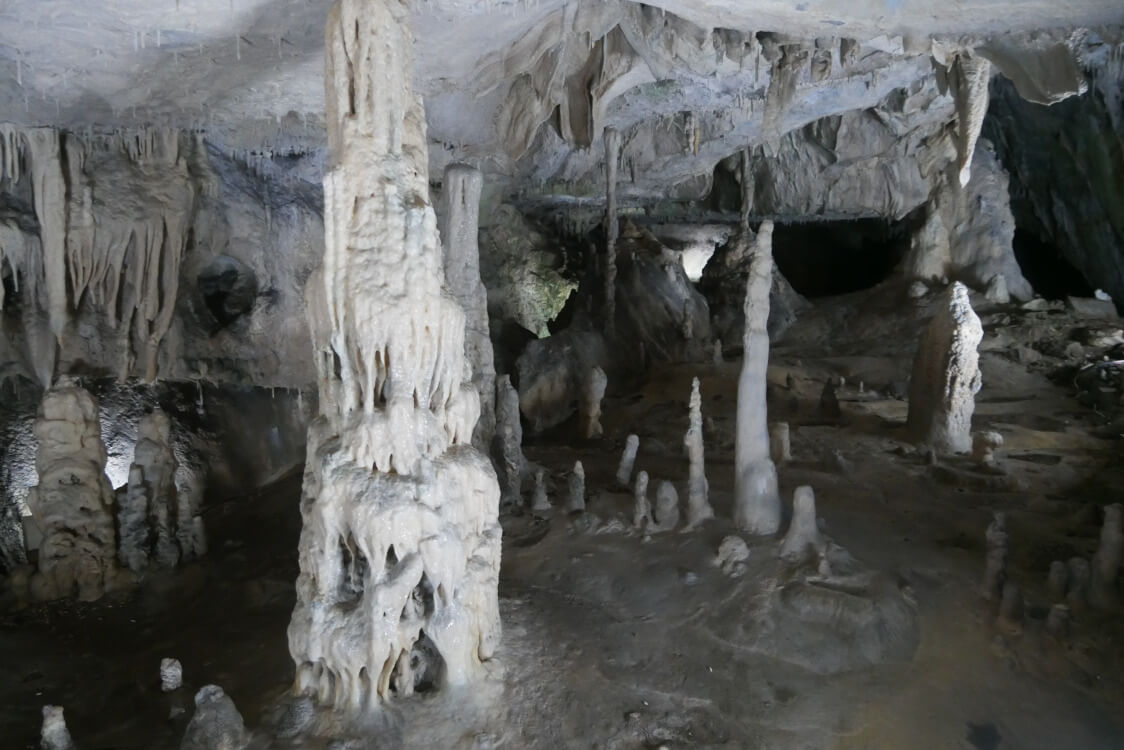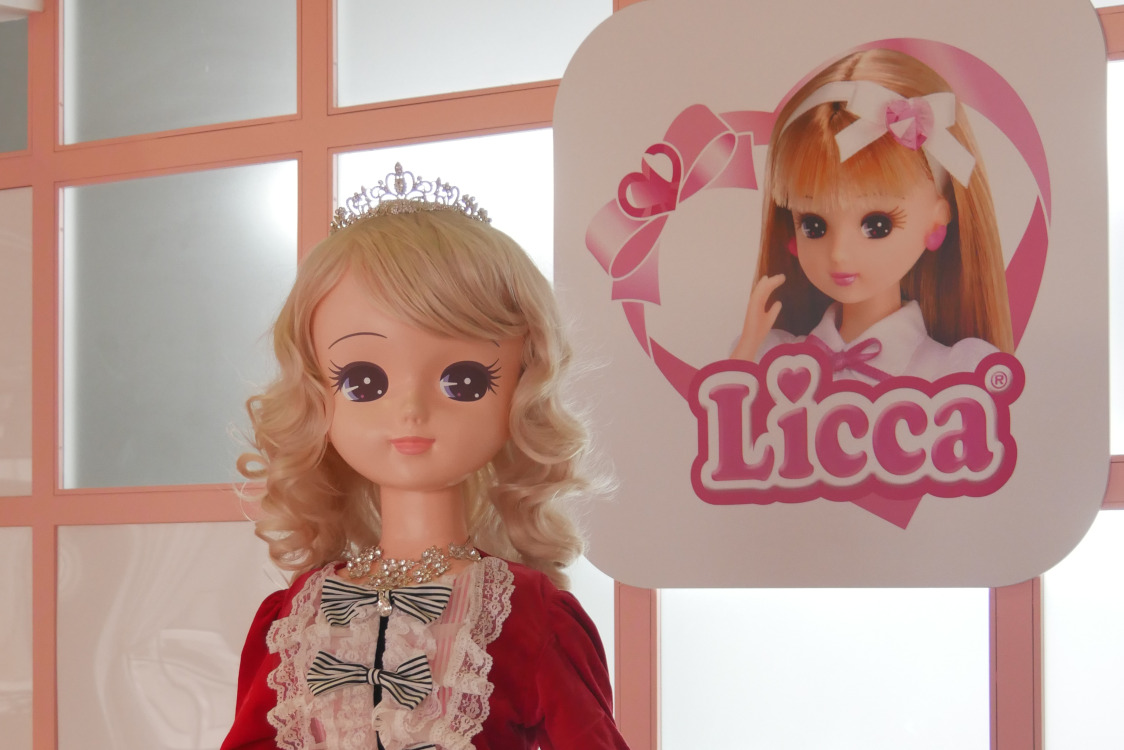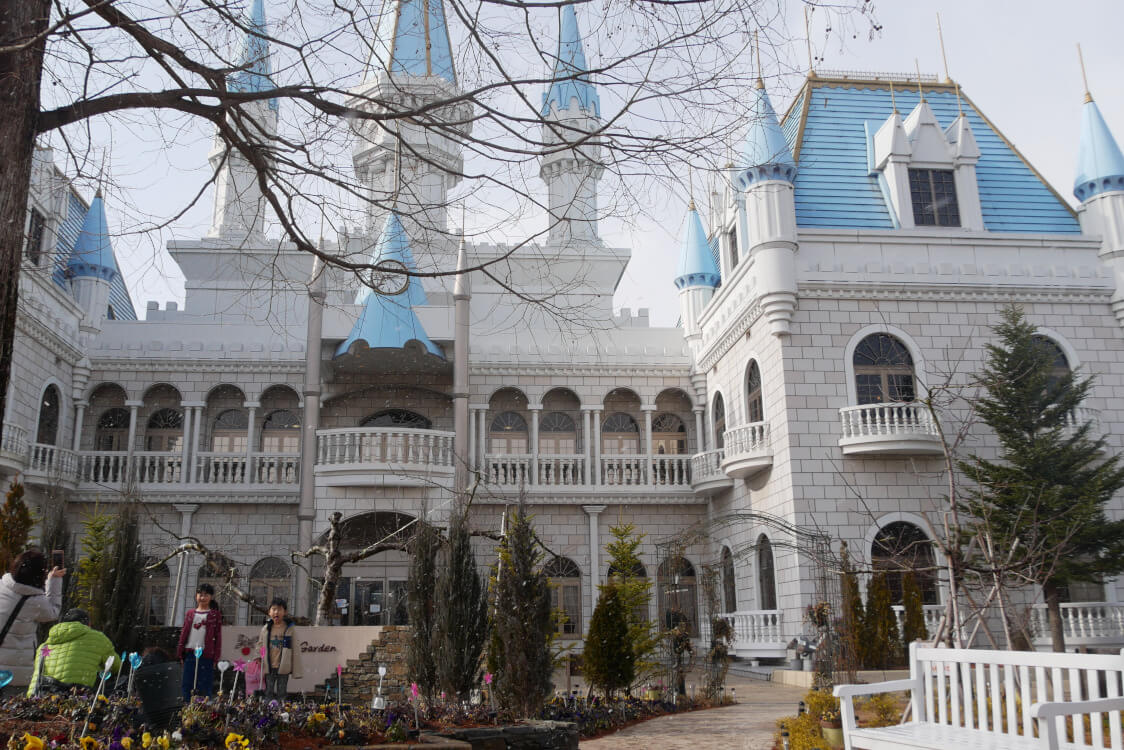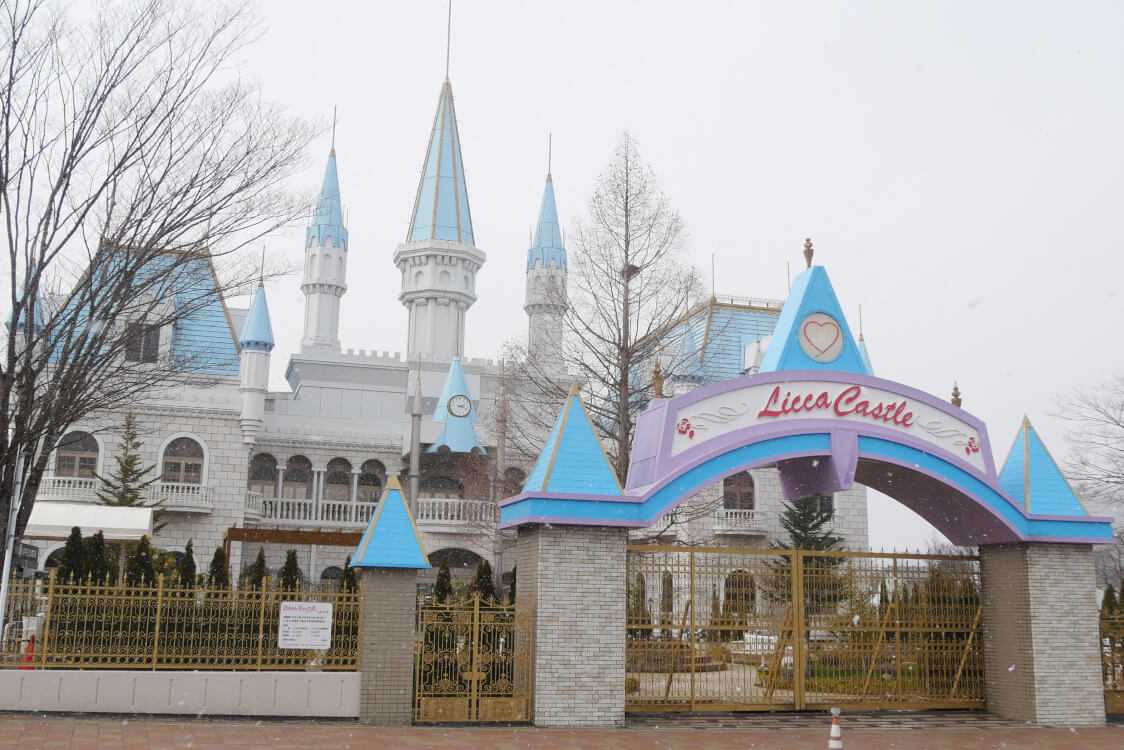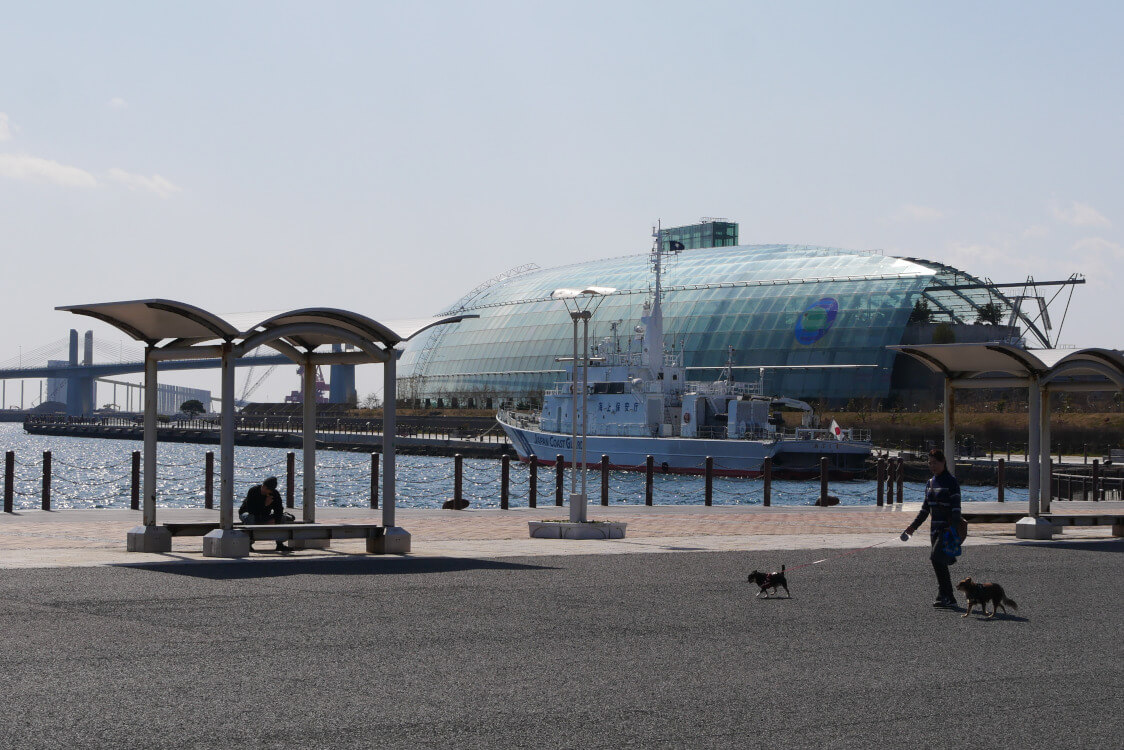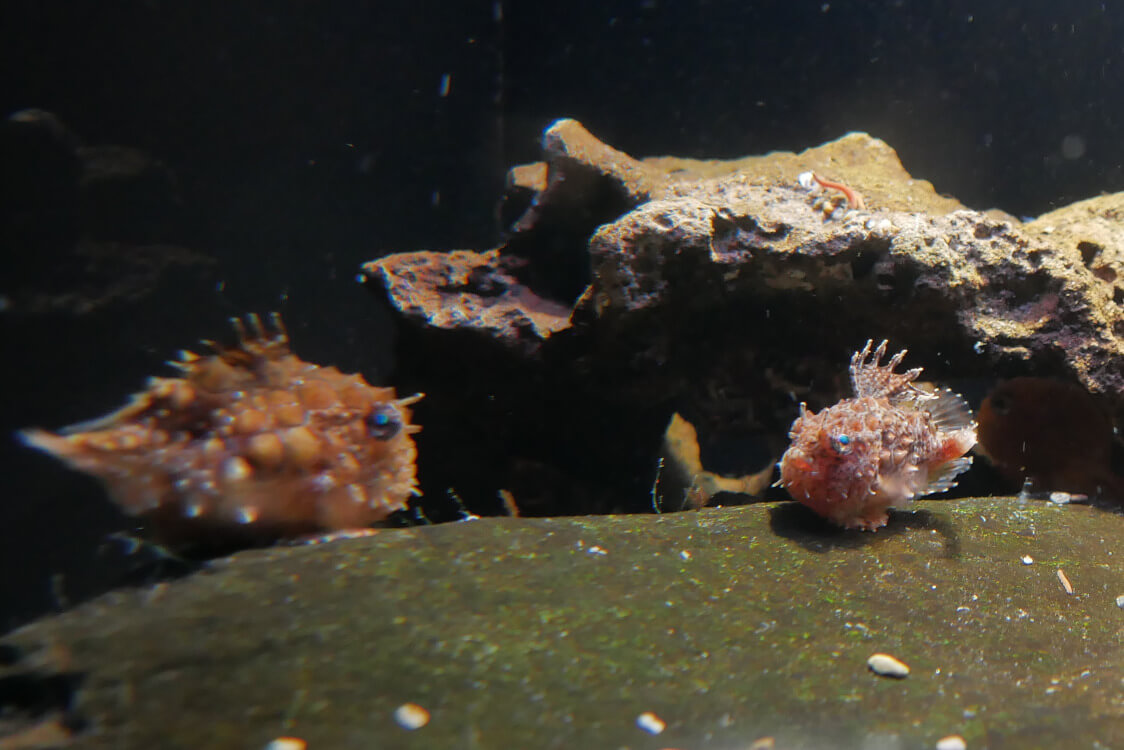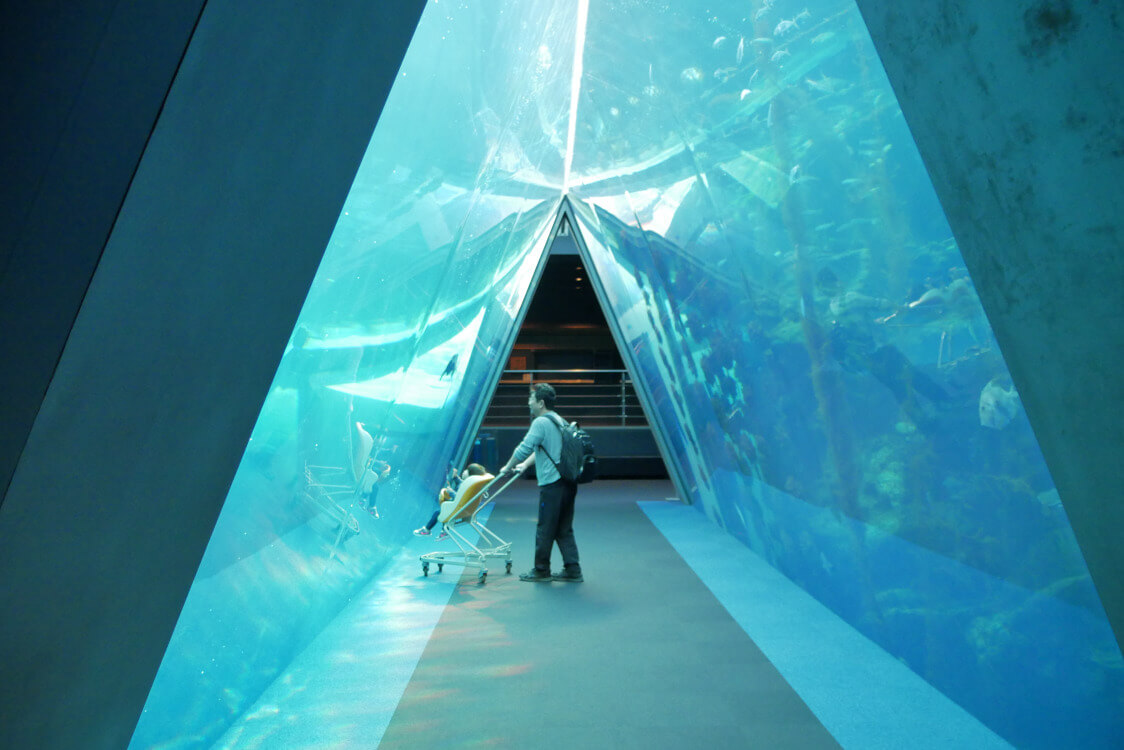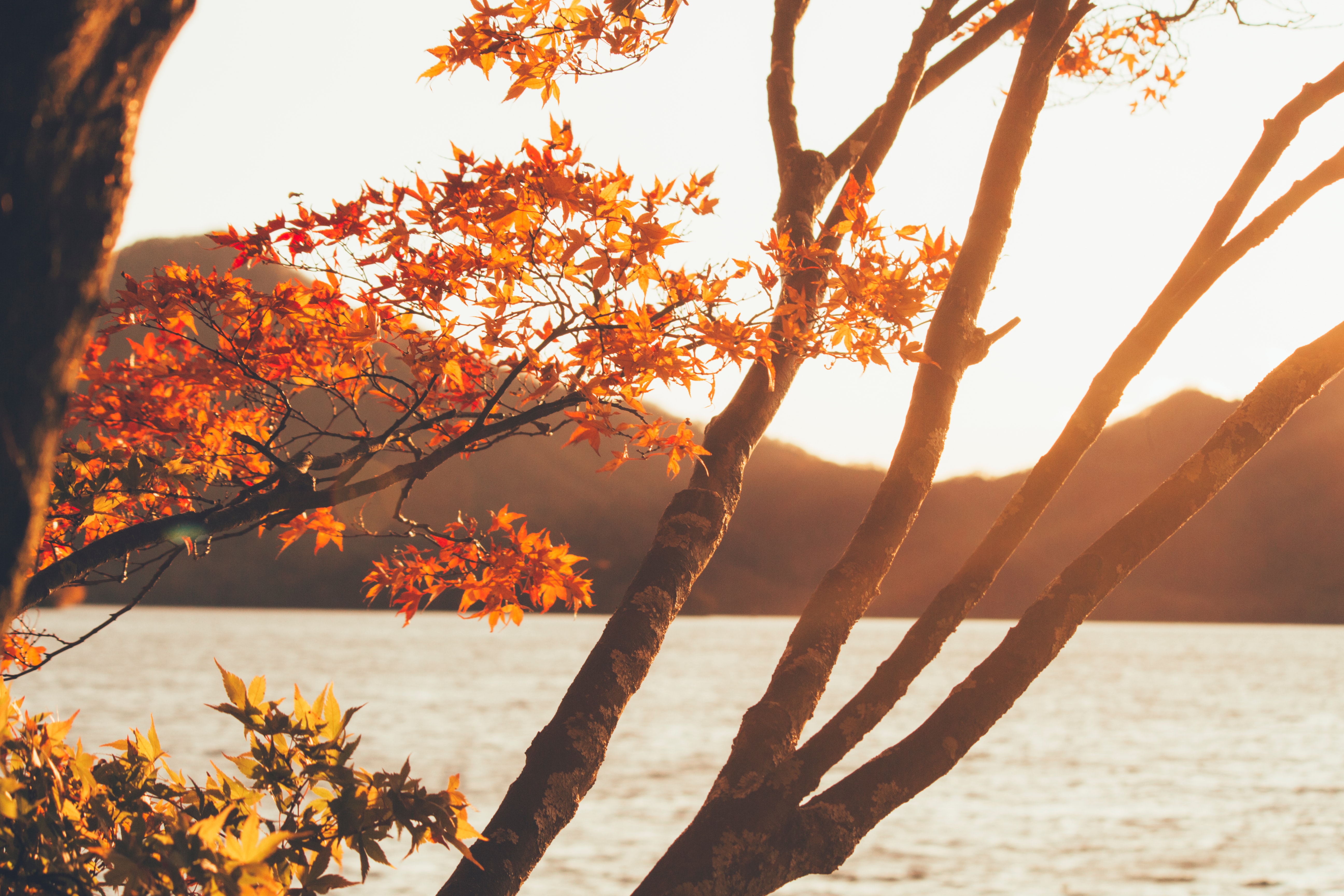In 2020, Japan Wonder Travel was given a project by the Ministry of Economy, Trade and Industry (METI) to promote 14 selected prefectures that have been affected by typhoons. We offered 20 internationals living in Japan, the opportunity to travel to several destinations and share their experiences while traveling and also after.
Nicolas – Miyagi & Fukushima
First of all I would like to thank Japan Wonder Travel for this opportunity to travel through the lesser known areas of Tohoku, the northern part of the main island of Japan. Although I have been living in Japan for more than 10 years and have been there many times already, Miyagi and Fukushima prefectures still contain many nice secrets, which you may discover with me here.
First day – Miyagi
My journey starts in Miyagi prefecture, 350km and 1h30 by Shinkansen (the Japanese bullet train) north of Tokyo. Once I arrived in the big city of Sendai (which deserves a day’s visit, but I’ve already done that), I took the bus to Akiu Onsen, a small tourist town, renowned for its thermal baths, the famous onsen. I was surprised by its river-canyon, very nice to walk along, and by the number of big luxurious ryokan.
The ryokan are the traditional hotels where you can enjoy the great onsens, both indoors and outdoors, and taste the local specialties. An experience not to be missed in Japan!
The city is also known for its kokeshi doll handicraft, and less known: its vineyards and its wine, a nice surprise for the Frenchman that I am.
Day 2 – Sendai
After an evening of relaxation at the onsen and in my comfortable room, I got up in the early morning to go to Marumori in the south of Sendai. The region was unfortunately hit hard by typhoon Hagibis last October, which explains why the trains do not run during the day in order to carry out construction work, so I had to get there in the morning before 9am, and leave at 5pm at the earliest. But this small town has enough interesting things to not get bored. The two main attractions are the historic Sairi Yashiki buildings and the boat trip on the Abukuma River.
Sairi Yashiki
Sairi Yashiki is a group of buildings built over seven generations by the Saito family of merchants. For their various businesses they needed a lot of Kura, a kind of “armoured warehouse” where they stored their valuables, and which now contain various exhibitions of ancient objects: tableware, kimono, samurai armour, coins and banknotes, tools…
At the beginning of March, the central building offered a magnificent collection of Hina Ningyou, dolls representing the imperial couple and their court, traditionally exhibited in Japanese houses on the occasion of the Girls’ Day on March 3.
About two hours are necessary to visit everything (and take many pictures). Near the entrance is a souvenir shop, and on the other side is the Dotdo café offering delicious gelato, and the drink that has been incredibly fashionable in Asia for the last 1-2 years: tapioca. It was a first for me, finally convinced to try it by highlighting the local ingredients used, especially the special mulberry leaf seasoning (which is explained by the city’s silkworm farms). It was very good! The home-made gelato already deserved to sit in this nice little café.
Abukuma River
The boat ride on the Abukuma River was a pleasant time to rest and enjoy the Japanese nature. The typhoon disaster of the previous autumn added a lot of pedagogy to the trip, it is very impressive to see what the flooded river could have caused as damage to the two roads along it. Japan is really not spoiled by all these natural disasters, but this is probably what has forged the courage, resilience and yet the joy of life of its people (it is often in the countries with the most difficulties that you can meet the most smiling people).
For the evening, I was happy to finally visit the city of Fukushima. Located on the main train line crossing northern Japan, I had often passed there without stopping, preferring to go to other cities of the Fukushima prefecture such as Aizu, Soma or Koriyama. I was happy to see that Fukushima is a big and dynamic city, with good restaurants and a very active nightlife.
Day 3 – Fukushima
After a good breakfast and a short ride in Shinkansen to Koriyama station (it’s not hot, it even snowed for a few minutes!), I took the small train of the Ban-Etsu East line to Kammata station. The scenery is superb. After a taxi ride of 10 minutes, you will arrive at the top of the Takine mountain, impressive! It is an old stone quarry whose exploitation allowed to discover the entrance of a magnificent cave: Abukuma-do.
Abukuma-do
If you like visiting caves, I can only advise you to visit it, it’s a wonderful sight!
An optional path even offers a small challenge, it is narrow and hot, but what a great experience!
Licca Castle
On the road, as it is not yet very late, I stop at a point of interest I found on the map that separates me from the town of Iwaki: Licca Castle. Licca-chan is easy to introduce: it’s the Japanese Barbie. A very girly moment, but amusing because of the variety of disguises and the viewing of 50-year-old advertisements, and also because you can observe very agile workers making the doll in a workshop.
Arriving at the terminus of the Ban-Etsu East line, Iwaki town offers many good restaurants. I could only try one unfortunately (I’ll be back), offering delicious sashimi and sushi prepared by a great master!
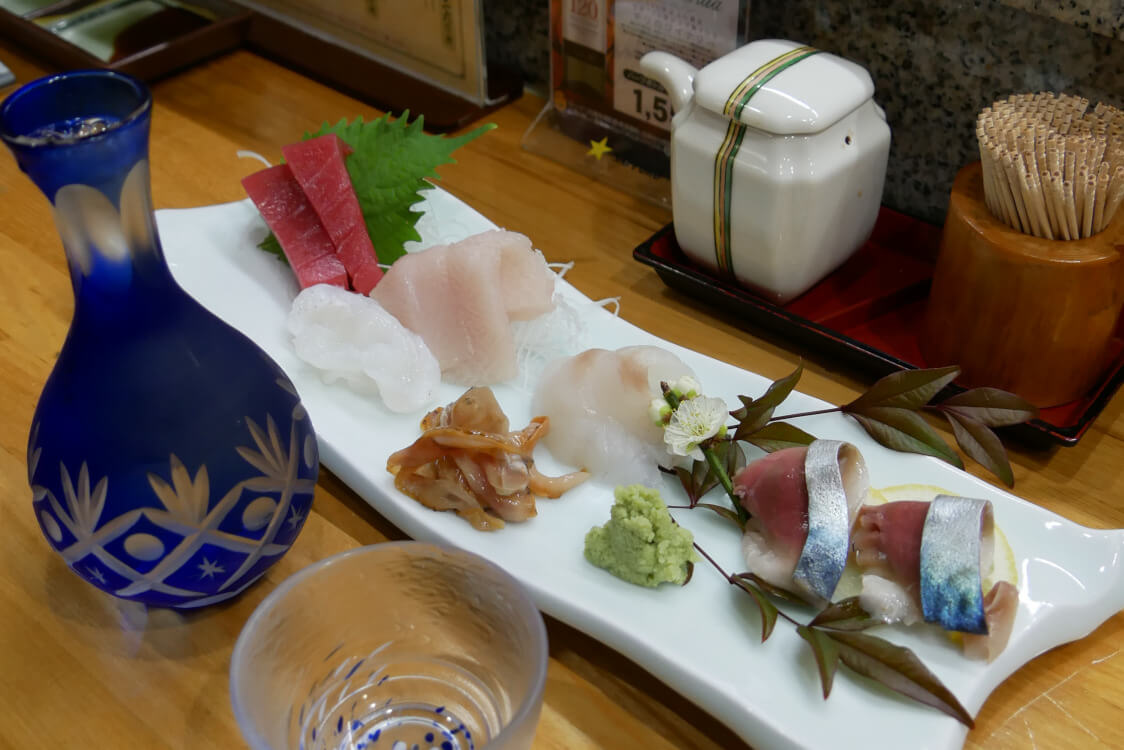
Day 4 – Museum & Aquarium
The next morning, after 10 minutes by train, you arrive at Yumoto station, a small spa town where it seems very nice to stay one night in one of its ryokan (on my to-do list for next time), with many bronze statues in the streets.
Iwaki City Coal and Fossil Museum
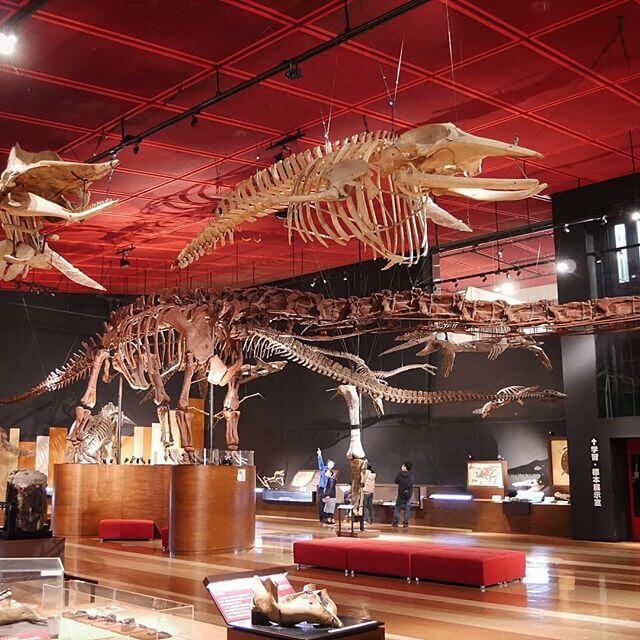
The city is home to the Iwaki City Coal and Fossil Museum, fantastic for dinosaur lovers, but also for all those who want to scare themselves and be impressed by its huge skeletons, including the largest in Asia!
The part concerning the coal mine is also interesting, with many scenes of the extremely difficult life of the workers through the different eras and their incredible equipment.
Aquamarine aquarium
After 15 minutes by train, you arrive in Izumi, where it is possible to use a free bus that will take you in front of the AQUAMARINE aquarium, a place that will delight the children, and the older ones too. But before entering the imposing and very modern building, you must take some energy! Just next door is the Lalamew fish market, where several restaurants offer fresh fish for all tastes, but especially very good donburi :
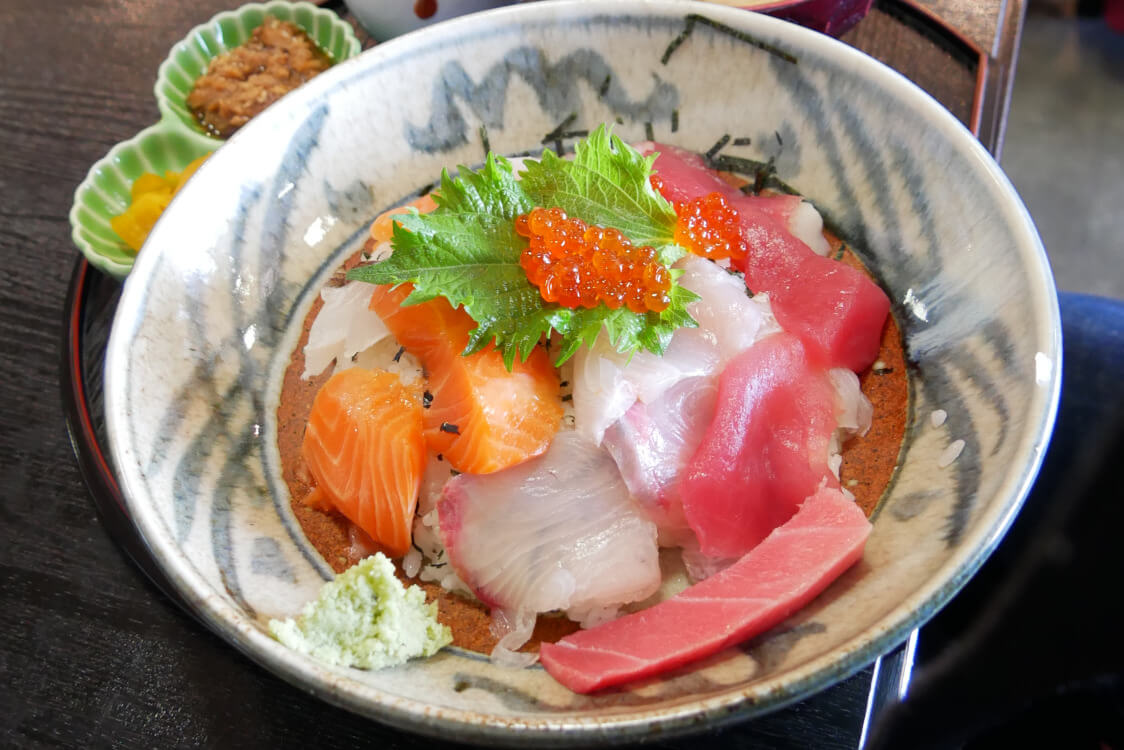
In addition to numerous marine species, AQUAMARINE offers impressive architecture, as well as a beautiful view of the Iwaki port thanks to its observation desk. No big animals or shows, rather rare species of fish and crustaceans, many amazing creatures!
Before taking the bus back to Izumi station, a nice find: Bayside Gelato, a delicious artisan gelato maker in the central entrance of the large and brand new AEON shopping centre. Very Japanese tastes, black sesame, matcha… succulent! This is the second gelato surprise of the stay, Italy must prepare for Japanese supremacy!
Once you took advantage again of the free bus to reach Izumi station, just settle comfortably in the Hitachi express train, in 2h30 back home, with the head (and belly) full of memories!
Conclusion
The Miyagi and Fukushima regions are really among the most beautiful! They deserve to recover very quickly from past disasters, and I hope that the meaning of Fukushima (the 2 kanji characters 福島) will soon regain its full meaning for tourists from all over the world: the island of happiness.

Hotels he stayed during the trip
We were very excited to work with Nicolas-san, and all the other guests for this project, and will continue to do our best to promote the less known destinations as much as we can. Keep an eye on our Facebook and Instagram to find another project with us.
And of course, if you need any help to find hidden gems in Japan, Japan Wonder Travel will happily help you out.
Happy travelling!
